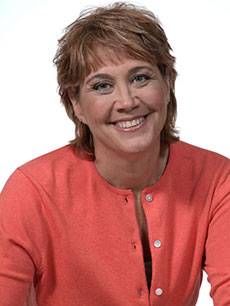
Melinda’s Garden Moments is heard Mon.-Fri. at 7:45 and 10:45 a.m. and 4:45 p.m. on WHAV.
Grab the calendar, your garden plans and take a look at your area’s climate history before you start planting.
We talk a lot about cold hardiness when planning our gardens and selecting plants. But we also need to look at the number of frost-free days in our area.
This number influences our plant selection and planting time indoors and out. Planting dates, indoors and out, are often based on the average last spring frost.
Next, count the number of days between the average last spring and first fall frost. This is the average number of frost-free days in your location. Compare this to the plant tag, seed packet or catalogue descriptions. Most provide a “number of days to harvest or bloom”. You may need to grow shorter season cultivars, start the seeds indoors, or use season extending techniques to grow plants that require a longer growing season than yours.
A bit more information: Heat is also a limiting factor when gardening. Many plants suffer damage when temperatures rise over 86 degrees Fahrenheit (30 degrees Celsius). The American Horticultural Society Plant Heat-Zone Map has divided the United States into zones based on the average number of 86 degree and warmer days. Visit http://www.ahs.org/publications/heat_zone_map.htm for more information.
For more gardening tips, how-to videos, podcasts and more, visit www.melindamyers.com.
